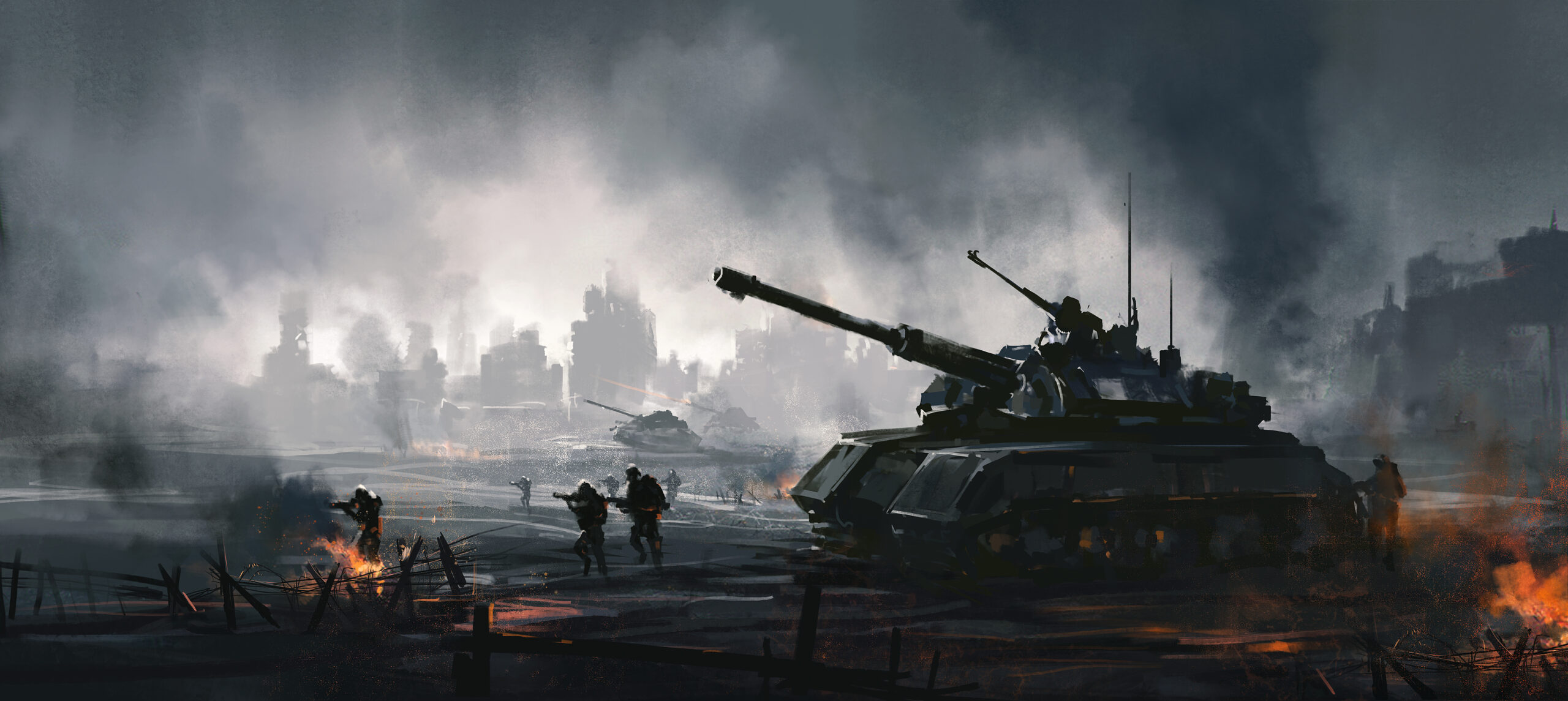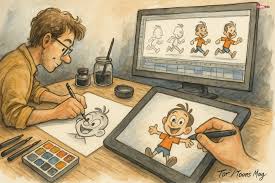Cartoons feel like a modern form of entertainment, yet their roots reach back thousands of years. Long before the invention of television, film, or digital devices, humans expressed stories through drawings and playful illustrations. From ancient cave paintings to the animated blockbusters of today, the evolution of cartoons reflects our creativity, humor, and endless desire to tell stories in visual form. This journey of cartoons from cave walls to screens shows how simple sketches grew into a powerful global industry.
Cartoons in the Earliest Forms of Human Expression
The story begins with cave paintings, the first attempts at visual storytelling. Around 30,000 years ago, early humans decorated cave walls with drawings of animals, hunters, and rituals. These drawings often depicted sequences of motion—an animal running, hunters chasing prey—which makes them the ancestors of animation. Although primitive, these images carried humor, imagination, and lessons, qualities that cartoons still embody today.
Ancient civilizations also left traces of cartoon-like art. Egyptian murals included exaggerated figures to tell stories of gods and rulers. In ancient Greece, pottery often showed humorous or caricatured versions of everyday life. These early visuals entertained, educated, and carried satire—key features of modern cartoons.
Cartoons in the Middle Ages and Renaissance
By the Middle Ages, cartoon art appeared in manuscripts, tapestries, and church carvings. Artists used exaggeration and humor to critique society or entertain crowds. Marginal drawings in medieval books often included funny animals or caricatures of authority figures.
The Renaissance expanded the role of cartoons. The word “cartoon” itself comes from the Italian “cartone,” meaning large paper used for sketches. Artists like Leonardo da Vinci and Michelangelo created preparatory cartoons for their masterpieces. Although these weren’t comedic, the term later evolved to mean humorous illustrations.
The Rise of Satirical Cartoons in Print
The printing press revolutionized the spread of cartoons. By the 18th century, satirical cartoons flourished in newspapers and magazines. Artists like James Gillray in England and later Thomas Nast in the United States used drawings to critique politicians, expose corruption, and entertain readers.
These early editorial cartoons combined humor with powerful social messages. Caricature became a tool to exaggerate features and personalities, shaping public opinion. This era cemented cartoons as more than art—they became a voice for the people.
Cartoons Meet Motion: The Birth of Animation
The 19th century introduced a new chapter. Scientific inventions like the zoetrope, thaumatrope, and flipbooks allowed still images to appear as moving sequences. These devices amazed audiences, laying the foundation for animation.
In 1908, Émile Cohl, a French artist, created “Fantasmagorie,” often called the first animated cartoon. His stick figures came to life on screen, opening the door to endless creative possibilities. Soon, animators across the world began experimenting with hand-drawn motion.
The Golden Age of Animation
The early 20th century gave rise to iconic characters and studios that defined popular culture.
Disney and Mickey Mouse
In 1928, Walt Disney introduced Mickey Mouse in “Steamboat Willie,” the first synchronized-sound cartoon. Mickey’s success launched Disney as a global powerhouse and proved that cartoons could carry both humor and heart.
Warner Bros. and Looney Tunes
Bugs Bunny, Daffy Duck, and Porky Pig brought slapstick comedy and clever wit to audiences. Warner Bros. mastered timing, humor, and exaggeration, creating timeless characters still loved today.
Worldwide Impact
Across the globe, studios in Japan, Europe, and beyond began developing their own animation styles. Cartoons became a universal language of joy and imagination.
From TV Screens to Saturday Mornings
The invention of television transformed cartoons once again. By the 1950s and 1960s, cartoons filled children’s Saturday mornings. Shows like “The Flintstones,” “Tom and Jerry,” and “Scooby-Doo” became household favorites.
Television made cartoons accessible to millions. They weren’t just short films in theaters anymore—they became part of everyday life. Families gathered around the TV, and cartoons became cultural touchstones for generations.
The Digital Revolution in Cartoons
The arrival of computers changed everything. In the 1990s, studios experimented with CGI (computer-generated imagery). Pixar’s “Toy Story” in 1995 became the first fully computer-animated feature film. This breakthrough proved digital animation could be emotional, funny, and breathtaking.
Cartoons now lived across multiple platforms:
- TV channels like Cartoon Network and Nickelodeon
- Feature films from studios like DreamWorks and Pixar
- Online platforms and streaming services
Digital tools made animation faster, more creative, and globally accessible. Independent creators could design cartoons and share them online, expanding the industry beyond major studios.
Cartoons in the Modern Era
Today, cartoons reach audiences on smartphones, tablets, and streaming platforms. They entertain children and adults alike, often blurring the line between “kids’ shows” and sophisticated storytelling. Series like “Adventure Time,” “Rick and Morty,” and Japanese anime demonstrate the diversity and global appeal of animation.
Cartoons also play a role in education, advertising, and politics. From teaching children to read to delivering social messages through satire, cartoons adapt to every medium.
Why Cartoons Matter
Cartoons remain more than entertainment. They shape imagination, spark creativity, and reflect cultural values. They give voice to humor, satire, and even resistance. For children, cartoons often form their first understanding of storytelling. For adults, they offer laughter, nostalgia, and sometimes critical social commentary.
The Timeless Journey
The evolution of cartoons shows humanity’s constant desire to bring drawings to life. From hunters sketching animals on cave walls to animators crafting digital masterpieces, cartoons reflect our creativity and humor across centuries.
The journey of cartoons: from cave walls to screens proves one truth—no matter the technology, the human need for storytelling never fades. Cartoons will continue to evolve, but their essence as playful, imaginative expressions of life will always remain.







